If you drop your smartphone in water, take it apart as much as you can and place it in rice. It's been the most recommended method of cell phone rescue since the days of clamshells. In fact, it's usually the only thing recommended when searching for "how to save your wet phone." Turns out, we've been wrong all along.
Gazelle, the company best known for buying people's used electronic devices, performed a series of tests to determine the best ways to prevent damage to phones dropped in water.
The Sponge Test
Pre-weighed sponges soaked with water (and then weighed again) were used in this experiment. Gazelle placed them into sealed plastic containers with 100 grams each of six different drying agents. There was also a wet sponge left out in open air, and one sealed in a container by itself.

Each sponge was placed on top of wax paper, to prevent direct contact with the drying agents, since in a smartphone, there is normally no direct contact with the drying agent.
Uncooked White Rice Ain't Cutting It
After 24 hours, the sponges were weighed again to see how much weight had been lost. And would you believe it—according to the results, uncooked white rice placed dead last in effectiveness as a drying agent. Here's the list, from best to worst.
- Open-air sponge - 7.6 mL lost
- Silica gel - 6.1 mL lost
- Cat litter - 5.5 mL lost
- Instant couscous - 5.0 mL lost
- Instant rice - 5.0 mL lost
- Instant oatmeal - 5.0 mL lost
- Uncooked white rice - 4.0 mL lost
- Sealed-container sponge - 0.7 mL lost
Cat litter, instant couscous, instant rice, and instant oatmeal all performed better than uncooked white rice—everyone's favorite damn drying agent.
The Cell Phone Test
The second experiment they performed was similar, using a few iPhones and Samsung Galaxy S3 devices. Using the same drying agents as above, it was also shown that uncooked white rice was the biggest loser.
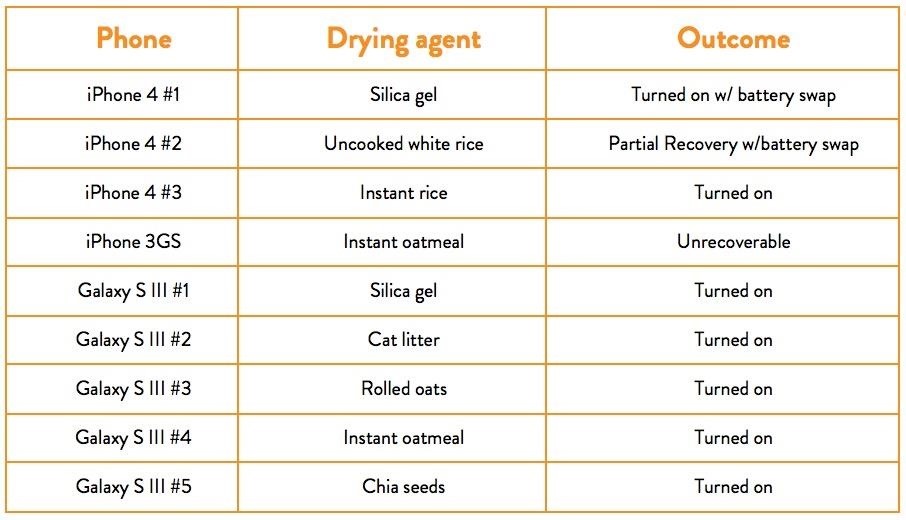
Instant Couscous/Rice Is More Pourous
So why did drying agents such as instant couscous and instant rice perform better than uncooked white rice?
On Twitter, Gazelle explained that both of these instant products are steamed, which cracked starch. Starch, already known for its absorbent nature, becomes more porous thus taking in more water than usual.

Rice on the other hand is a grain, which has not been ground up, so it still has its layers from being a seed. As a seed, it can only absorb a limited amount of water for it to grow into a plant. If it absorbed as much as something like pasta (which contains lots of starch), it would dissolve and become useless as a seed.
Silica Gel vs. Open Air
While instant couscous and instant rice work better than uncooked white rice, silica gel works the best out of all drying agents that Gazelle tested.
But while silica gel performed well, the sponge left out in the open (71°F; relative humidity of 40%) lost the most amount of water in the tests. With this information, should you leave your phone out in the open or place it in silica gel?
Since there is a wide range in performance for each drying agent, choosing one or the other could have a direct impact on the recovery of your smartphone, whether it be positive or negative. If a drying agent cannot absorb moisture quickly enough, the air that's trapped in the container or ziplock bag will become humid and slow down evaporation.
Since there is not enough information (as of yet), a fortified statement of whether or not air or silica gel works better cannot be made. Factors such as amount of drying agent, brand of drying agent, type of smartphone, time of day, and more all play a role in how each performs.
Although the open-air method lost the most water, according to Gazelle, this does not mean that a drying agent cannot outperform open air under certain circumstances. Increasing the amount of drying agent could help dry out the smartphone better.
So, What You Should You Do Then?
Well, let's take it step by step for you.
Step 1: Dry Your Phone with Paper Towels, Vacuum
Before even trying to dump your phone into a drying agent, the first step you should perform is to turn off your smartphone or take out the battery. Dry the outside and use something like a vacuum (waterproof) in order to extract any water stuck on the inside. You might not get all of it, but you should try and get the most you can out of there.

Step 2: Open Your Phone Up
In order for air circulation to do its job, take off the back cover and battery out of your smartphone. Furthermore, you can use a Phillips screwdriver in order to take apart most Android smartphones. If you have an iPhone, you can purchase a pentalobe screwdriver for under $5 online. Once it's open, leave it out for a bit and let it dry in the open air.

Note: Taking apart your phones may void your warranty, but then again, so will dropping it in water.
Step 3: Use a Drying Agent
Finally, after getting rid of as much water possible from the inside of your device, using a drying agent may help. If you decide to use a drying agent, don't use uncooked white rice. Instead, go with silica gel—the best performing agent of the ones used in the Gazelle experiment.

If you don't have any silica gel laying around, use instant couscous or instant rice as an alternative. While cat litter works better than the two previous mentioned drying agents, some of the particles from the litter could possibly enter your device, so use it carefully.
Just updated your iPhone? You'll find new emoji, enhanced security, podcast transcripts, Apple Cash virtual numbers, and other useful features. There are even new additions hidden within Safari. Find out what's new and changed on your iPhone with the iOS 17.4 update.
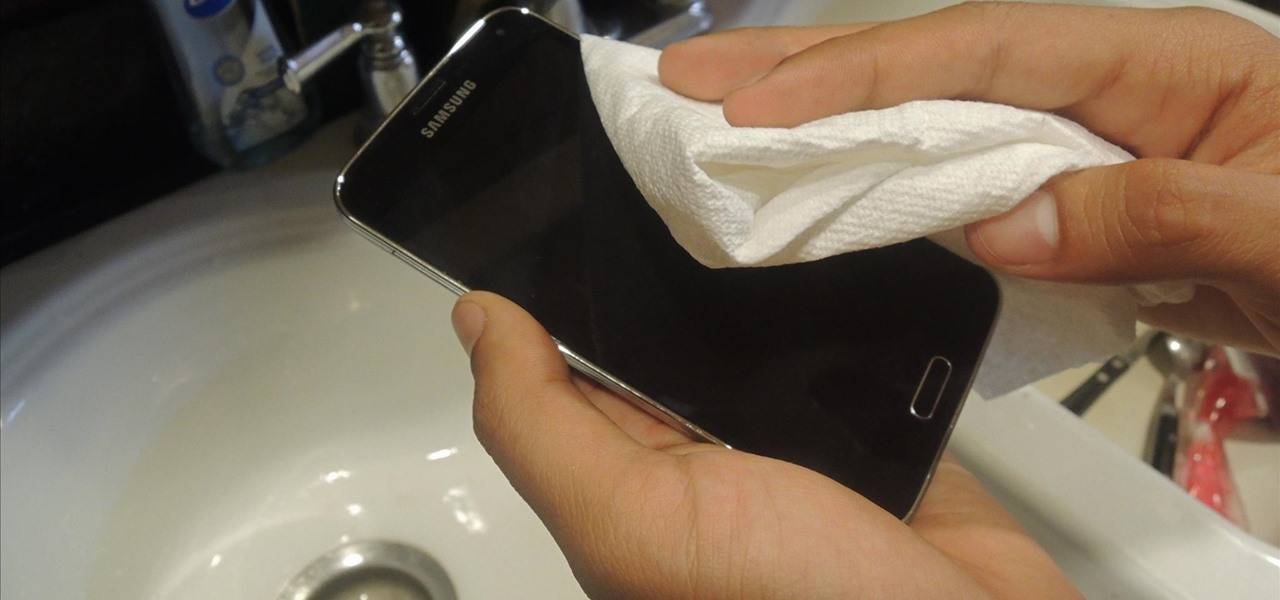







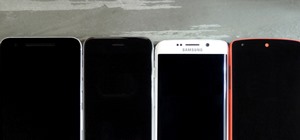

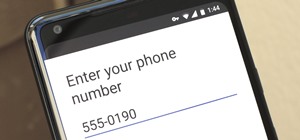

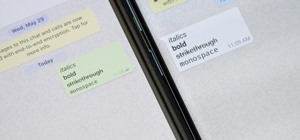

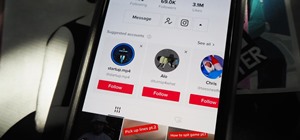
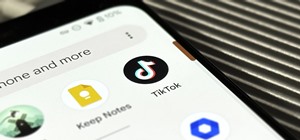



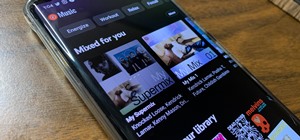
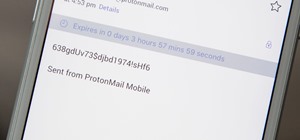
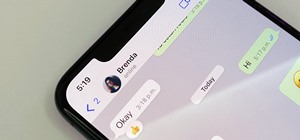
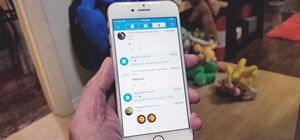
14 Comments
Thats why they use it in so many packages.
100g - not even 4 oz. I would not expect much results from that either. You seem to miss the purpose of using a desiccant, or why people say to seal it in a container. It is not to get most of moisture, but the last of it. Dry it with what ever method you want towel, taking it mostly apart, etc. but you should finish it sealed with a desiccant (yes there are some that might work better than rice) to get the rest. Desiccants make a sealed space much less humid by absorbing the moisture.
I have revived phones and PDAs on multiple occasions by sealing them in a container with rice for a day or two. I also had a watch that got wet, and although it still worked, the inside of the face was foggy with obvious moisture for two weeks without getting better. One night in rice fixed it.
It's a click baity article.. I'm pretty sure the authors knew that 100 grams of rice would do nothing. I'm surprised they didn't try one grain.
Open air or air flow is by the far the best way. Rice doesn't help one bit. If it's not in direct contact with the moisture, then it's only absorbing what's already evaporated, and open air or air flow will clear out the evaporated moisture a lot better than rice. Burying it in rice if anything will slow down the evaporation.
Silica gel is better, but still not as good as airflow. Silica gel packets is effective to take moisture out of the air so it doesn't affect a product, not to take moisture out of a product that's already been soaked.
I was just thinking about this. I have a vacuum pump that I use for my projects. I'd like to try the experiment by putting in into and air tight container with the silica and the create a vacuum.
I once had sugared rice marinade percolate into my laptop, which refused to turn on afterwards; I took it apart and gently cleaned it with rubbing alcohol and Q-tips. It worked! Something worth considering more generally is that 99% rubbing alcohol, which is available in some of my local pharmacies, dissolves water well and evaporates much, much more quickly. If a cell phone is truly soaked, you might try flushing it with 99% IPA until the water has been displaced; then, open-air drying should make your phone ready to retry in ten or fifteen minutes.
Maybe is a stupid question, by why not use salt?
I believe salt is electrically conductive, or at least it is when in contact with water (water itself actually isn't electrically conductive), so any salt residu in your phone might short circuit it. You might be able to use it if you can ensure it won't come into contact with your phone, but I think that's what the silica gel is.
With the back cover off and the battery removed, another way is to place the water logged phone open side down on a car windshield defroster vent and let the hot blowing air do it's trick. I've saved my phone several times doing this. But this won't work if your back cover or battery is not removable like so many are now.
Who has silica gel laying around the house? The reason rice is so popular is because just about everyone has enough laying around that they can spare enough to cover their phone. After reading this article about rice being a myth the solution was to use it anyway because it was better than nothing even though the tests show using nothing is actually better. Ugh
Lol you thought 100 grams of rice would do anything? The reason why people choose rice is because it's very common and very cheap to attain large quantities. People usually use about 10 times as much rice as you tried in your test.
your test or whoevers is a crock of poo, for one the rice needs to be touching the phone, it need to be completly surtrounded by rice, not near by it. the rice when touching allows the liquids to evoprate quickly and completly and it takes longer then just a few days, the rice will remove all moisture from circuts and so on, but wont do crap if its not touching
So many idiots. The only thing that determines whether your phone survives a drop in water or not is how much the water penetrated the phone. If water actually is able to penetrate the phone and get to the board, that water is going to turn into a green gunky mud within seconds or minutes of hitting the board due to the combination of electricity + whatever dissolved substances are in the water. You will NEVER dry it by putting it in a bag of ANY desiccant. Rice, silica, none of that will work any better than putting it in a bag full of seashells. To dry it, you need to open the device up and get airflow to it. I've seen devices that have been in a bag of rice or silica for a few days, and upon opening them up, there is still water everywhere. NOTHING MENTIONED IN THIS ARTICLE WILL DRY YOUR PHONE. If your phone turns on and works fine after putting it in a bag of rice, IT'S BECAUSE THE WATER DIDN'T PENETRATE DEEP ENOUGH OR THE DAMAGE/CORROSION HASN'T FULLY SET IN YET. Yes, it's amazing, a phone that was never damaged in the first place will generally turn on just fine.
I used a bowl of plain rice to dry an iPad dropped in the bath, it worked fine. The device was only in the water for a second or so.
1/ Turn off immediately. It may short-out and turn itself off.
2/ Dry off with a towel.
3/ Place on airy shelf or warm (not hot) radiator for at least 24 hours.
4/ Cover with lots of rice in a bowl for another 24+ hours.
5/ Enjoy your working device.
Share Your Thoughts